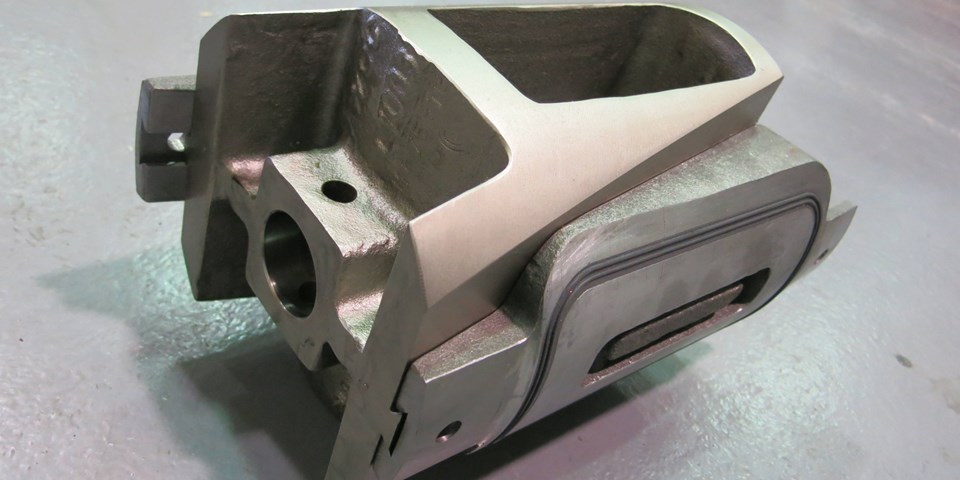Double Block & Bleed (DBB) and even more Double Isolation & Bleed (DIB) service is a challenge in many applications, as drop-tight sealing on both the upstream and the downstream side is essential in many sectors such as tank storage, loading/unloading stations, multi-product manifolds, metering stations, etc.
The differences are defined in API for everybody to read, but to simplify the matter the essence is that a DBB valve achieves 100% tightness upstream and downstream only when there is line pressure on both sides, a DIB valve does guarantee the tightness regardless of line pressure, so also in case there is pressure only on one side.
In the end it comes down to seat tightness and how a particular valve type does achieve it.
In this respect a valve testing standard like API 598 does not give you any guarantee about the valve performance as it only refers to newly manufactured valves, but what happens after the valve is in operation for some time?
Common valve designs like most gate and ball valves depend on line pressure or springs to achieve sealing and cannot guarantee long-term double block & bleed and much less DIB service as their sealing mechanism is based on friction and/or tearing and consequently seal abrasion and scored seating elements may lead to product loss and contamination.
Consider the ball valve: the ball and seats are in permanent contact during each cycle and are in constant contact, rubbing up against each other. Consequently, after some time of operation, this leads to wear and tear and possible leakage.
The same happens in a gate valve, where sealing is achieved by friction between the wedge and the seats. As a result, scratch seat rings and leakage are common consequences.
Even a small leakage may have a huge impact in the performance of an installation. In a multi-product system it may lead to product contamination, in a metering station to a wrong calibration and a deviation in the measuring.
So seat tightness is important and apart from API 598 in more and more specifications users refer to the ANSI standard FCI 70-2, which defines leakage classes for different valve types, class 6 being the most stringent, which applies to soft seated valves.
But even leakage class 6 allows a certain (and considerable) leakage, which ultimately means that even a so-called DBB ball valve cannot guarantee complete tightness.
Many users simply ignore these well-known facts and still operate their installations with standard gate or ball valves, consequently facing important problems like product contamination or inaccurate metering.
In other installations the system to achieve DBB or DIB features is the use of 2 block valves and a spool piece with a bleed valve to verify the seat integrity.
This configuration requires a lot of space and the operation of 2 valves, which especially in the actuated version is a very expensive and maintenance-intensive solution and – although minimizing it – does not really eliminate possible leakage due to wear and tear of the seats.
To read the full article, please contact David Sear



